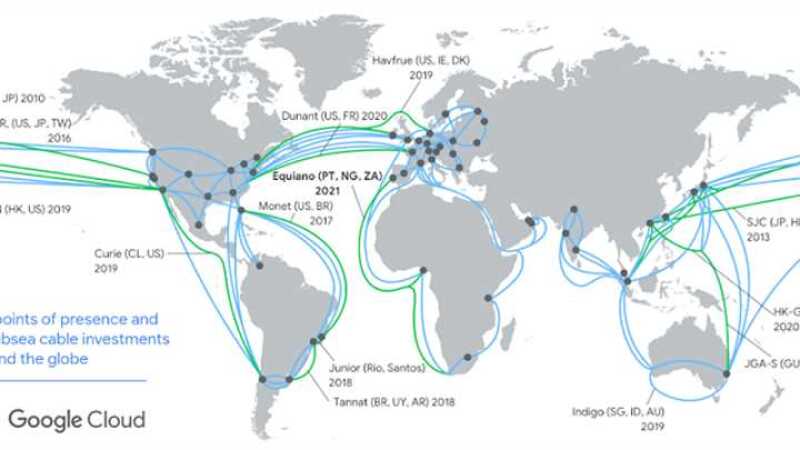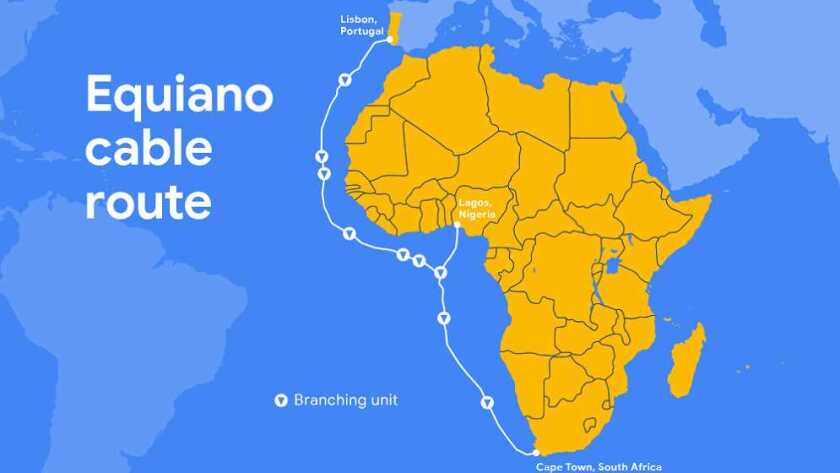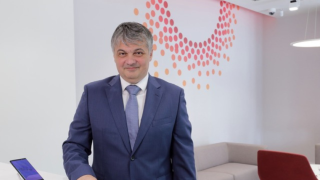Once complete, Equiano will start in western Europe and run along the West Coast of Africa, between Portugal and South Africa, with branching units along the way that can be used to extend connectivity to additional African countries.
The first branch is expected to land in Nigeria.
Equiano is Google’s third private international cable after Dunant and Curie, and its 14th subsea cable investment globally.
The infrastructure announcement came in a Google Cloud blog post by Michael D. Francois, tech lead manager, global network infrastructure strategy, EMEA; Chris George, global network infrastructure strategy, Africa; and Jayne Stowell, global network infrastructure strategy, submarine.
A statement made by the three executives said: “Google’s private subsea cables all carry the names of historical luminaries, and Equiano is no different.
“Named for Olaudah Equiano, a Nigerian-born writer and abolitionist who was enslaved as a boy, the Equiano cable is state-of-the-art infrastructure based on space-division multiplexing (SDM) technology, with approximately 20 times more network capacity than the last cable built to serve this region.”

Equiano will be the first subsea cable to incorporate optical switching at the fibre-pair level, rather than the traditional approach of wavelength-level switching.
This simplifies the allocation of cable capacity, giving Google the flexibility to add and reallocate it in different locations.
The announcement by Francois, George and Stowell went on to state: “Equiano is fully funded by Google, we’re able to expedite our construction timeline and optimize the number of negotiating parties. A contract to build the cable with Alcatel Submarine Networks was signed in Q4 2018, and the first phase of the project, connecting South Africa with Portugal, is expected to be completed in 2021.
"Equiano will further enhance the world’s highest capacity and best connected international network. We’re excited to bring Equiano online, and look forward to working with licensed partners to bring Equiano’s capacity to even more countries across the African continent."
Between 2016 and 2018, Google invested US$47 billion in capex, which includes investment in improving its global infrastructure.
Francois spoke to Capacity for its Subsea special report in 2019 to reveal how increasing data demands made the Dunant cable possible.





